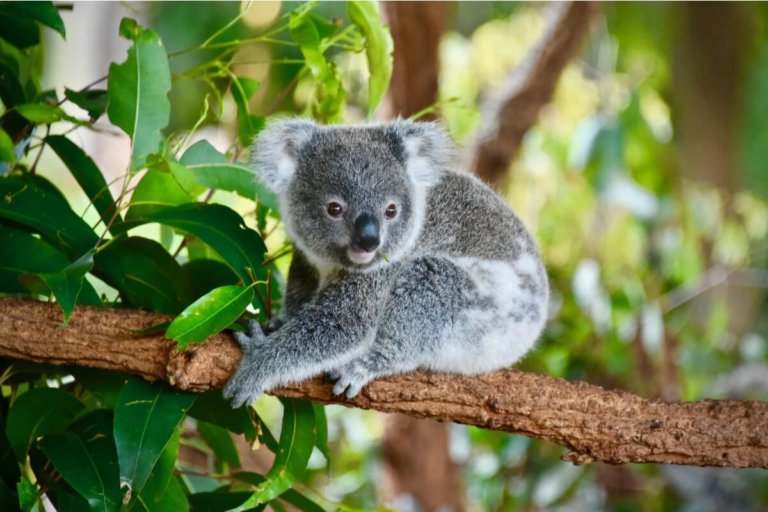
Students from all over the globe have been drawn to study in Australia’s accessible, world-renowned institutions. How many of them would list Australian wildlife as one of their main attractions?
There are indeed many unique opportunities to explore nature Down Under. According to the Australian Wildlife Conservancy, 87 per cent of its mammals, 93 per cent of its reptiles, and 45 per cent of its birds are found only in Australia.
From befriending marsupials to witnessing aquatic migrations, here are five Australian wildlife experiences to add to your study abroad travel bucket list.

Australia’s Tasmanian devil was listed as endangered in 2008 due to a contagious, deadly cancer which threatens to wipe out the carnivorous marsupial. Source: AFP Photo/Files/Anoek De Groot
Spot a native marsupial
Australian wildlife consists of 140 marsupial species beyond the iconic kangaroo. This includes wallabies, koalas, and wombats.
Then there’s the endangered Tasmanian devil, which are only found in the island state it is named after.
If you’re in Adelaide, Kangaroo Island is only a short drive or ferry ride away. It is home to diverse Australian wildlife; besides marsupials, you’ll also find sea lions and exotic birds of all sizes and sounds.
Besides that, you can see wallabies at MacDonnell Ranges near Alice Springs and the Flinders Ranges in South Australia.
If you’re in Victoria, you’ll likely spot koalas at animal parks and reserves. You may even be able to cuddle one at the Moonlit Sanctuary Wildlife Conservation Park. However, human interaction can stress koalas, so only approach one with its carer around.
Chill with happy quokkas
“Quokka Selfies” – Meet the World’s happiest Animal on Instagram! http://t.co/Fxzy2TNRWX pic.twitter.com/IcU9dBTB55
— Diana Peck (@noveltydesignco) March 6, 2015
Further west on Rottnest Island (just off Perth) and Bald Island (near Albany), another Australian wildlife wonder awaits. It is the adorable quokka, known as the happiest animal for its endearing smile.
Tourists love to sneak a selfie with the quokka (which rhymes with ‘mocha’). It is akin to a small wallaby, which is like a cousin of the kangaroo.
Watch whales and dolphins

A humpback whale passing Sydney in its annual breeding migration from the Antarctic to the tropics. Source: Greg Wood/AFP
On top of its breathtaking landscapes, Australian coasts are also great for watching whales and dolphins in migration. Tourists are welcome to do this as long as they abide by guidelines that help preserve the animals’ natural habitat.
You can spot the largest animal in the world — the blue whale — on the coasts of Victoria and South Australia.
Snorkellers can take the experience one step further at dive spots like the Ningaloo Reef in Western Australia. Here, you can swim with a whale shark, which is the largest but gentlest of the shark family.

See the world’s smallest penguins
You may have heard of the biodiverse Phillip Island, but do you know about fairy penguins? They are the world’s smallest penguin species, standing at just 33 cm tall and weighing around 1 kg.
These penguins spend most of their time at sea. When they do come to shore, they waddle up along the southern coast of Australia as well as New Zealand. Every evening at sunset, you can see the penguins parade back to their natural habitat.
International students in Melbourne are in luck as Phillip Island is only a 90-minute bus ride from Melbourne.
Experience Australian wildlife at tropical rainforests
Whether you’re wild at heart or simply enjoy pockets of natural wonder, the lush, tropical rainforests of Australia are sure to enchant. Besides colourful birds of paradise, you may also spot tree kangaroos or critically-endangered quolls.
You may even come across the iconic cassowary if you’re lucky.
Check out Daintree Rainforest in Queensland, a green lung the size of Sydney which is listed as a World Heritage site.
Liked this? Then you’ll love…
Australia’s Gold Coast: Where golden opportunities await
Student Stories: What it’s like to study in Brisbane, Australia







